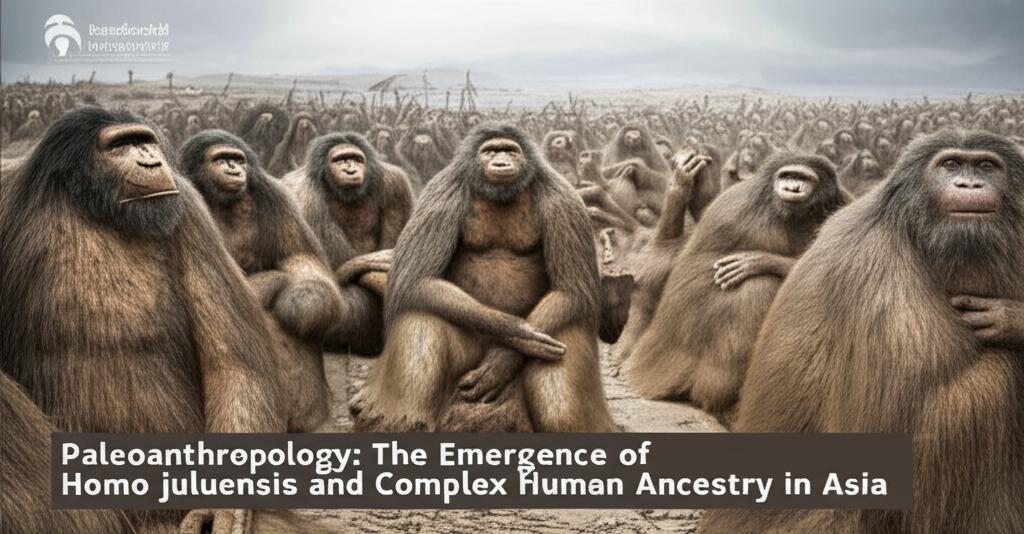The field of paleoanthropology is experiencing a significant shift, particularly concerning our understanding of human evolution in Asia. Recent research has proposed the existence of a new hominin species, Homo juluensis, contributing to an increasingly complex picture of our ancient relatives in the region.
Homo juluensis, meaning "big head people," is characterized by fossils primarily found at Xujiayao and Xuchang in northern and central China. These remains, dating from approximately 300,000 to 50,000 years ago, exhibit a unique mosaic of features. The skulls are notably large and wide, with thick cranial bones, bearing some resemblances to Neanderthals. However, they also display traits common to modern humans and Denisovans.Researchers, including Professor Christopher Bae from the University of Hawaiʻi at Mānoa and Dr. Xiujie Wu from the Institute of Vertebrate Paleontology and Paleoanthropology at the Chinese Academy of Sciences, suggest that Homo juluensis was a widespread and distinct hominin population in eastern Asia during the Late Quaternary period. This species is thought to have hunted wild horses in small groups, manufactured stone tools, and possibly processed animal hides for survival. They ultimately disappeared around 50,000 years ago.
The proposal of Homo juluensis aims to bring clarity to a previously muddled fossil record in Asia, where many specimens that couldn't easily be assigned to Homo erectus, Homo neanderthalensis, or Homo sapiens were often grouped into broad, less-defined categories like "archaic Homo sapiens" or "Middle Pleistocene Homo." This new classification suggests that eastern Asia was a region of significant hominin diversity. Scientists now propose that at least four hominin species – Homo floresiensis (the "Hobbit" of Indonesia), Homo luzonensis (found in the Philippines), Homo longi (the "Dragon Man" from China), and the newly defined Homo juluensis – were present in eastern Asia during this period.
Intriguingly, some researchers suggest that the enigmatic Denisovans, primarily known from genetic evidence and limited fossil finds in Siberia, Tibet, and Laos, could also be classified under Homo juluensis. This hypothesis is based on similarities in jaw and teeth fossils from various sites, though more research is needed to solidify this connection.
The identification of Homo juluensis challenges simpler, unilineal models of human evolution. It underscores the idea that human evolution in Asia was not a straightforward progression but a complex interplay of different populations, potentially involving hybridization between various hominin groups. The growing fossil record in Asia continues to reveal greater morphological variability than previously anticipated.
While the designation of Homo juluensis as a new species is still a subject of ongoing discussion and requires further comparative analyses within the scientific community, it represents a significant step in reorganizing and reinterpreting the Asian paleoanthropological record. This refined understanding helps fill gaps in our knowledge of ancient human relatives and emphasizes the dynamic and diverse nature of human ancestry in Asia. Future research, including more fossil discoveries and detailed comparative studies, will be crucial in further unraveling the intricate evolutionary connections between Homo juluensis, Denisovans, and other hominin populations that once inhabited the vast continent of Asia.

